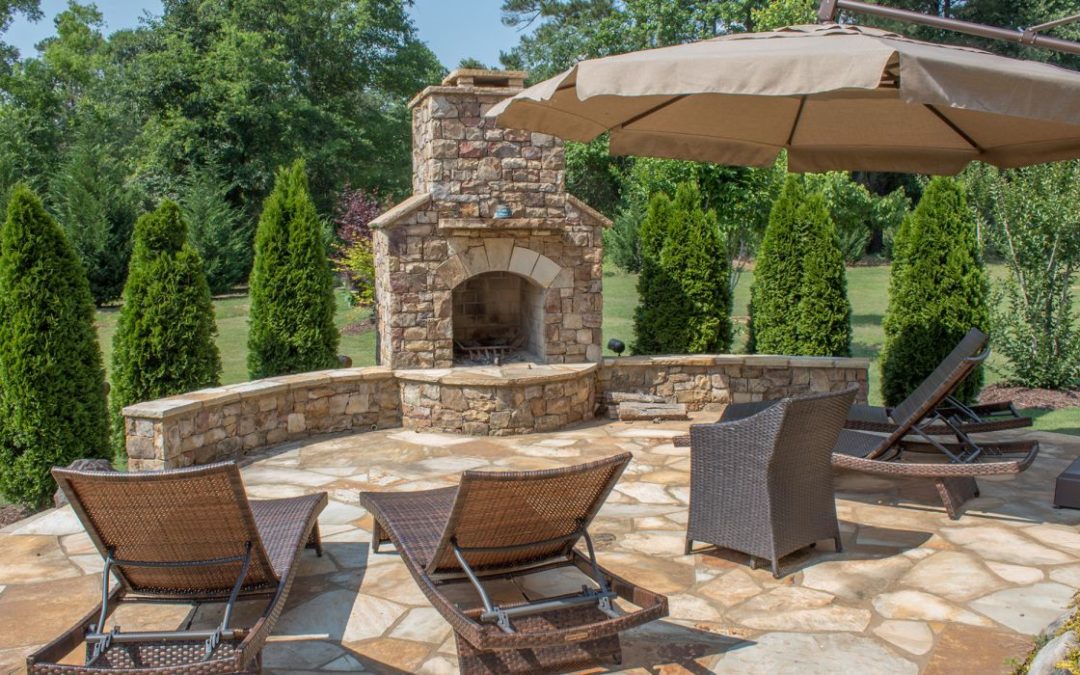In the world of construction, finding environmentally friendly solutions is becoming increasingly important. When it comes to stone and masonry work, there are sustainable practices and materials available that can help reduce the environmental impact of construction projects. Let’s explore environmentally friendly approaches to stone and masonry construction, highlighting the benefits they offer.
Sustainable Sourcing of Stone: Ethical Extraction and Responsible Sourcing
Utilize stone materials from quarries that follow sustainable practices, prioritize worker safety, and minimize environmental damage. Look for certifications like LEED (Leadership in Energy and Environmental Design) to ensure responsible sourcing.
Reclaimed and Recycled Materials: Repurposing for Sustainability
Consider using reclaimed stone or masonry materials from deconstructed buildings or sites. These materials not only reduce waste but also add character and charm to new construction projects.
High Thermal Mass Construction: Energy Efficiency and Comfort
Utilize stone and masonry construction techniques that provide high thermal mass. This approach can help regulate indoor temperatures, reduce energy consumption, and improve overall comfort in buildings.
Natural Insulation and Ventilation: Harnessing Natural Elements
Incorporate natural insulation materials like stone wool or straw bales, which offer excellent thermal performance and reduce the need for energy-intensive heating or cooling systems. Design buildings to maximize natural ventilation, reducing reliance on mechanical systems.
Permeable Paving and Rainwater Management:Sustainable Stormwater Solutions
Opt for permeable paving options, such as porous concrete or stone, which allow rainwater to infiltrate the ground and minimize runoff. Incorporate rainwater collection systems for irrigation purposes or to replenish groundwater.
Green Roof and Vertical Gardens: Incorporating Nature
Integrate green roofs or vertical gardens on masonry structures to enhance biodiversity, improve air quality, and reduce urban heat island effects. These features can also provide insulation and contribute to a healthier environment.
Maintenance and Longevity: Durability and Reduced Lifecycle Impact
Choose stone and masonry materials known for their durability and low maintenance requirements. This approach reduces the need for frequent repairs or replacements, ultimately reducing waste and the environmental impact over the lifecycle of the construction.
When it comes to stone and masonry construction, environmentally friendly approaches can significantly reduce the ecological footprint of building projects. By sourcing materials responsibly, prioritizing energy efficiency and comfort, and considering sustainable stormwater management, we can create buildings that are not only aesthetically pleasing but also environmentally conscious. Connect with Forest Masonry and Paving for more sustainable construction tips and a greener future for our planet.

